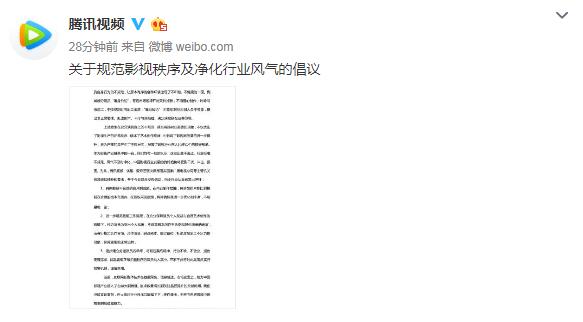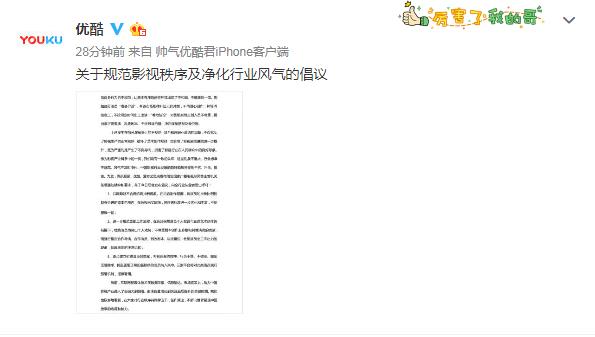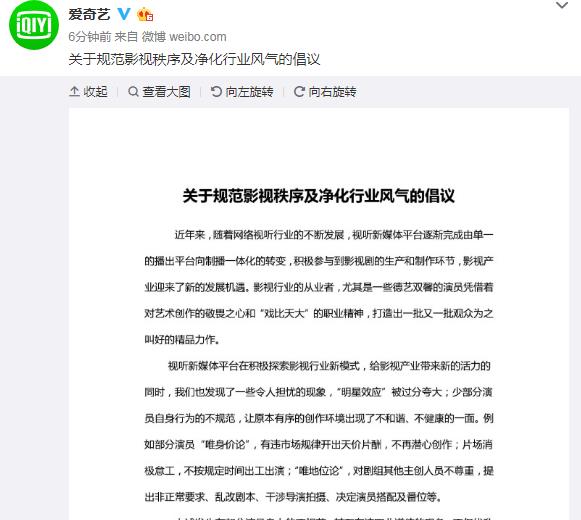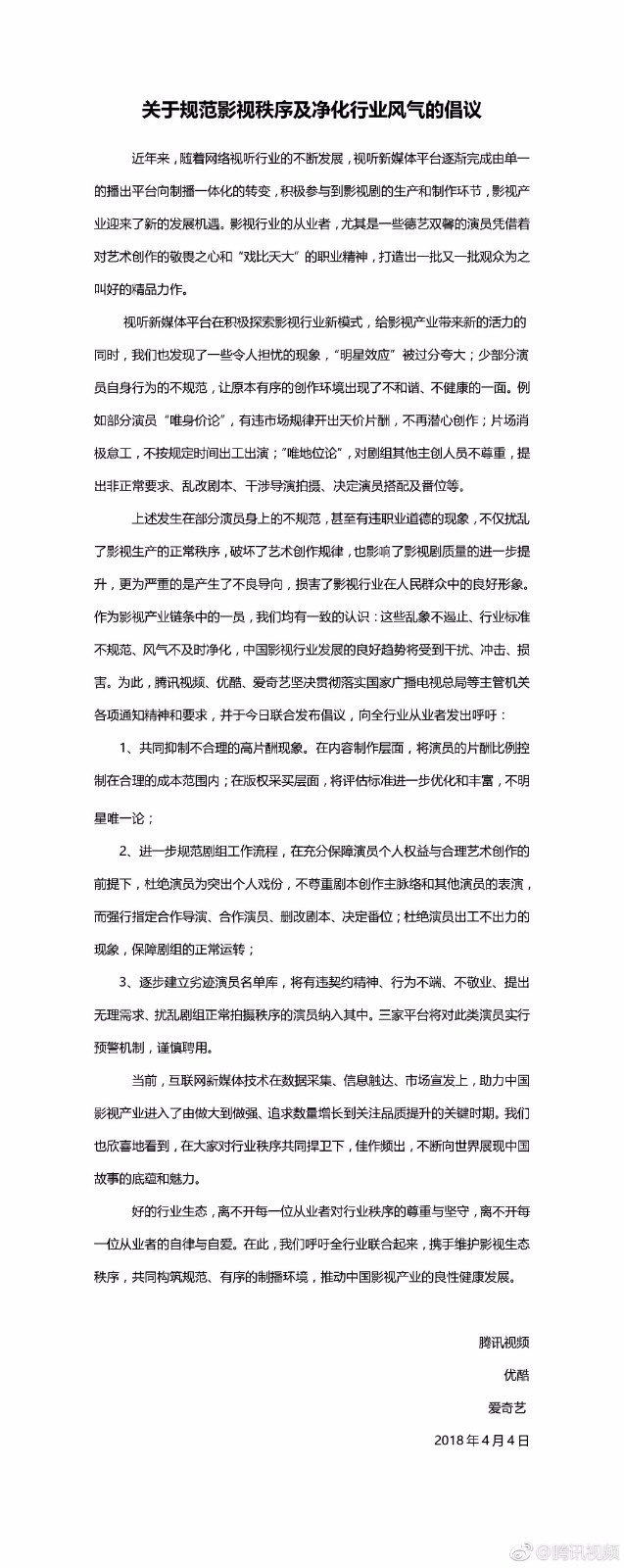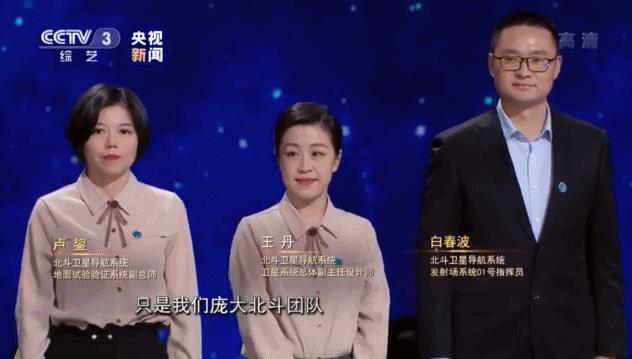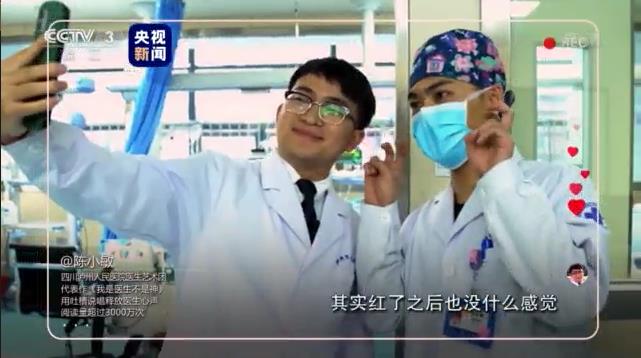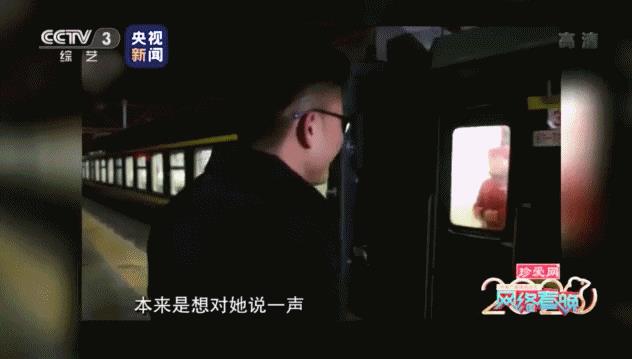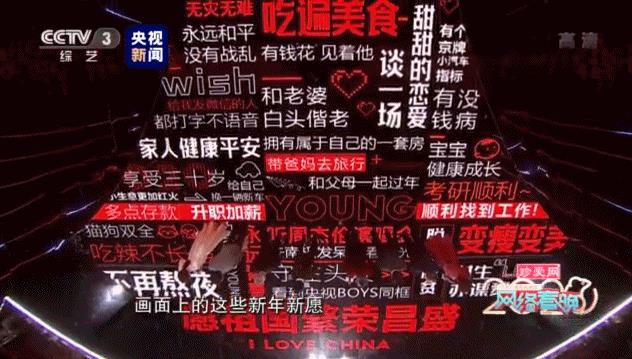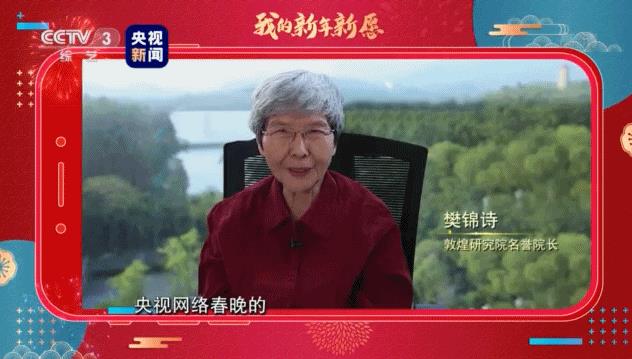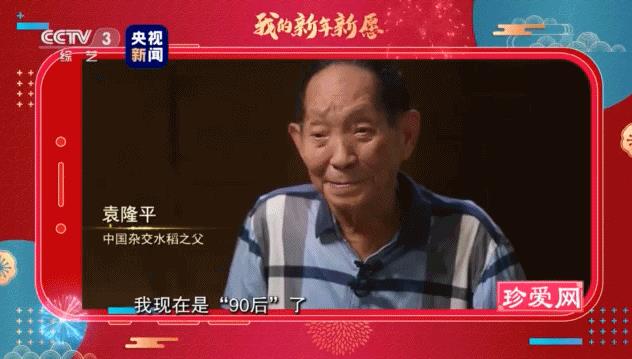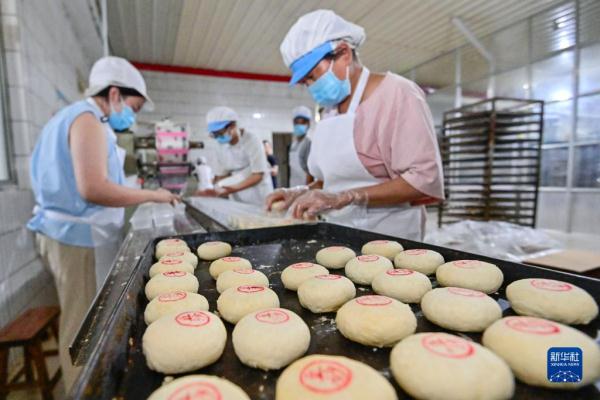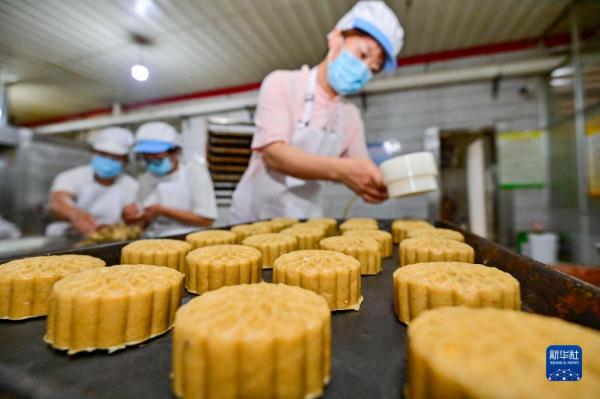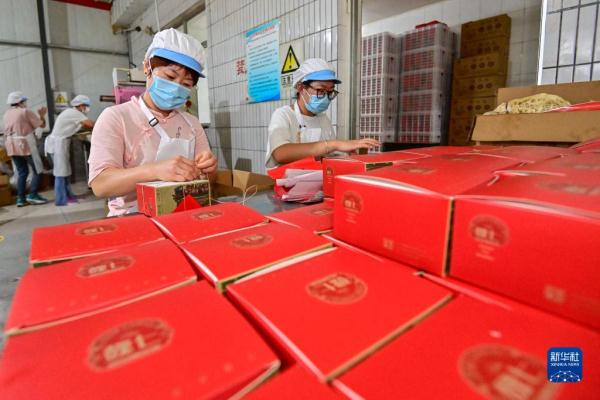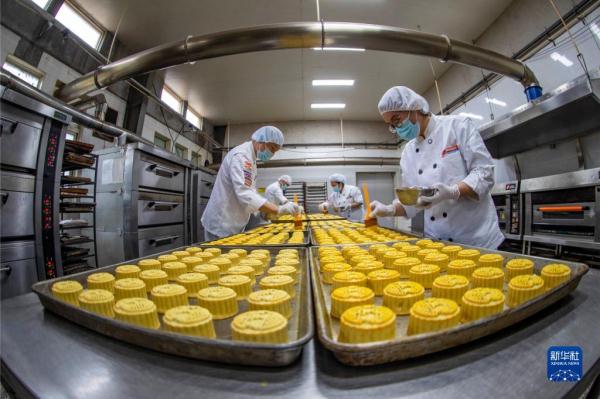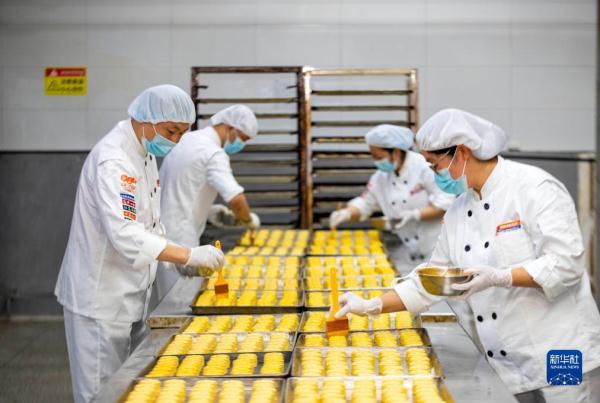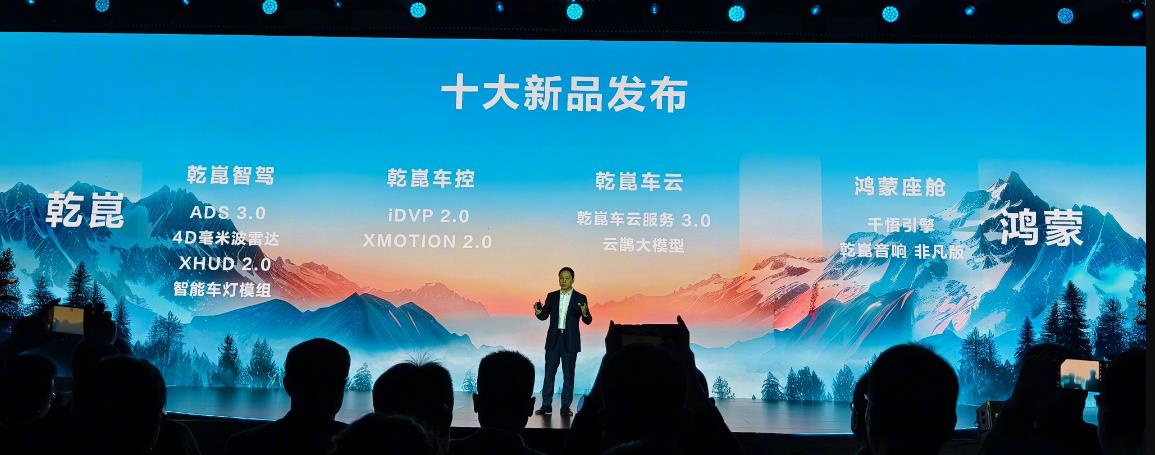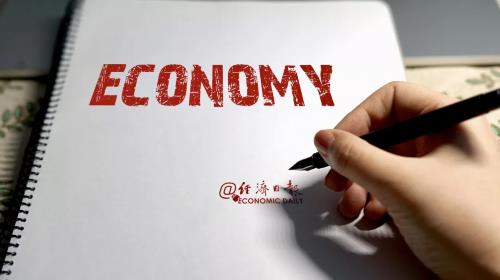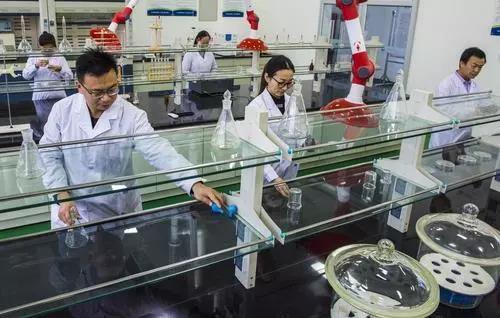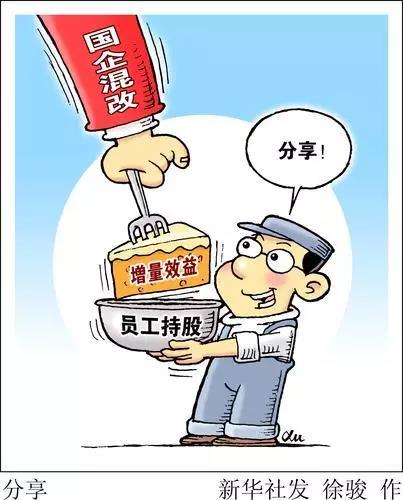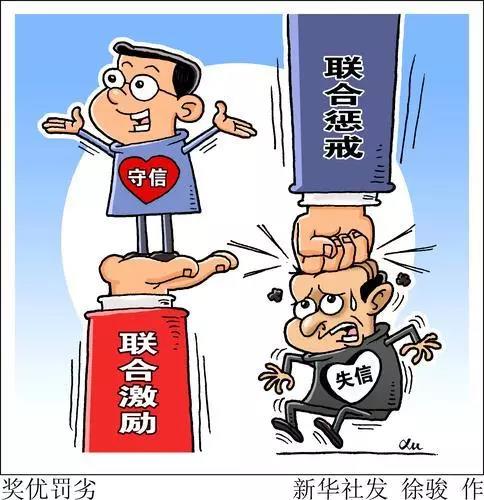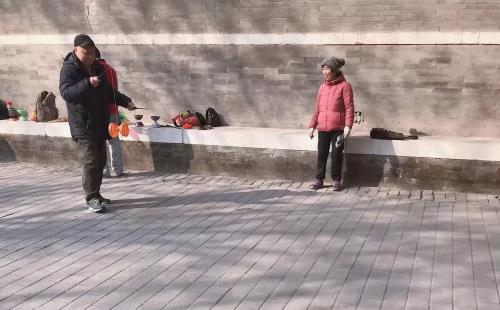Experts and netizens comment on Composition of college entrance examination in 2016’s questions.
Xinhua News Agency, Beijing, June 7 th, new media special topic: experts and netizens commented on Composition of college entrance examination in 2016’s topic
Xinhua News Agency "China Net" reporter
The national college entrance examination in 2016 began on the 7th, and the composition topic in the Chinese exam has attracted social attention. What are the composition topics everywhere? What wonderful comments do experts and netizens have?
[Beijing Volume]
Big composition (50 points) Choose one of the following two questions and answer as required. No less than 700 words.
(1) "Playing an old tune on the White Deer Plain" describes that the performance of the old tune often "shakes people’s chest and bowels", which makes people feel "hearty". In a sense, it can be said that the "old tune" has surpassed its art form itself and become a symbol.
Please use "‘ Old tune ’ Why is it shocking? Write an argumentative essay. Requirements: Start with the charm of the old tune, and don’t limit yourself to the content of Chen Zhongshi’s prose, with clear views, sufficient arguments and reasonable arguments.
2 bookmarks, accompanied by books, have various forms. Imagine that you have such a magical bookmark: it can communicate with you and help you realize your desire to read … … What story will happen between you and it? Please expand your imagination and write a narrative with the title of "magic bookmark". Requirements: show the theme of loving reading and reading good books; There are details and descriptions.
Micro-writing (10 points) Choose one of the following three questions and answer as required.
① What do you need to pay attention to most in high school? Please give one or two suggestions to students who are about to enter high school. It requires clarity and substance. About 150 words.
② Many parents have established a class "parent group" on the media such as WeChat or QQ. Please comment on this phenomenon. It is required to make sense and justify itself. About 150 words.
Please write a poem or a lyric with the theme of "Lotus". No more than 150 words.
[Comment] Zhang Zhiqin, a Chinese teacher at Beijing Essence School, believes that this year’s essay topic gives every student something to say. Among the three topics of micro-composition, "giving advice to students who have just entered high school" and "parent group" in the class are closely related to students’ lives; "Lotus" is also related to the text "Moonlight on the Lotus Pond". Students will not feel strange after getting the composition topic. And there are choices in each micro-composition, such as the first one, "Suggestions for students who have just entered high school", which does not limit the subject; The second part can support or disagree with the view of "class parents"; The word "lotus" in the third chapter is a multi-tone word, which can be related to the theme of lotus and lotus leaf, and can also be written as "load" and "burden".
Of the two masterpieces, the first one is the same as in previous years, and it is followed by reading. Reading chose Chen Zhongshi’s "Playing an Old Tune on the White Deer Plain", and "Huayin Old Tune" itself is an indispensable part of China traditional culture. Zhang Zhiqin said that the composition is intended to highlight the profound connotation of China traditional culture. "If students want to write a good composition, they need to feel something when reading, and have a deep understanding and extension of the charm of the old tune."
Another composition is related to bookmarks. Zhang Zhiqin believes that although it also comes from life, it is not easy to write a composition that requires students to use their imagination, stories and details.
Netizen "golden dog eggs don’t take a bath": the topic of old tune is really well chosen. This year’s Spring Festival Gala has this program, and many people don’t know the old tune, so we can start with the inheritance of traditional culture.
[Shanghai Volume]
Evaluate other people’s lives. With the development of modern society, people’s lives are easier to enter the public’s field of vision, and it is becoming more and more common to evaluate others’ lives, and these evaluations have an increasing impact on individuals and society. People have different views on the phenomenon of "evaluating other people’s lives". Please write an article and talk about your thoughts on this phenomenon.
[Comment] Huang Ronghua, head of the Chinese teaching and research group of Fudan High School Attached to Fudan University and a special Chinese teacher in Shanghai, said that this topic has writing space and is closely related to everyone’s life. Every student may have something to say, but it is not easy to reflect the height in a short time. The easier the evaluation, the more cautious it needs. For example, there are many emotional evaluations on the Internet. In the fast information age, irresponsible evaluations may cause irreparable harm to others’ lives. The topic also implies an investigation of the dialectical thinking of candidates. Respect for others is a healthy attitude, not an arbitrary evaluation of others’ lives. We should try our best not to judge others and not to be moral judges.
Netizens said: "Understanding is simple, but it is difficult to write colorful words", "I feel that Shanghai composition is a test of dialectical thinking", "On public order, good customs and self-pursuit", "I am looking forward to a high-scoring composition on this topic", "Everyone is an outsider of others, and I don’t want to do anything to others. Everyone has their own attitude and way of life, and outsiders should not interfere too much. "
[National Volume 1]
Write according to comics. The main idea of the cartoon is: A student was rewarded with 100 points in the first exam and beaten with 98 points in the second exam; Student B was beaten with 55 points in the first exam and praised with 61 points in the second exam. Based on this cartoon material, write an article of not less than 800 words as required. Requirements: combine the content and meaning of the material, choose a good angle, determine the concept, clarify the style, draw up the title by yourself, and do not copy it.
[Comment] Wang Wenying, a Chinese teacher at Wuhan Experimental School, believes that this cartoon composition mainly aims to guide candidates to think about how to carry out reward and punishment education in education. Students can write from three different levels: family, school and social education, or they can look at education as a whole.
All the marks on the cartoon are scores, and students can also evaluate their children’s development from whether it is only a score theory. Love and punishment are determined according to scores, and the evaluation methods for children are diversified, and should not be based on scores.
The composition topic guides students to pay attention to themselves, and the setting of the topic is based on reality. If students usually pay more attention to self-development and educational environment, they may understand some educational development changes and requirements, such as the reform of talent evaluation methods and the reform of the college entrance examination selection system. After all, every student has a lot to write about during his 12-year study and how to treat exam scores.
Tan Banghe, a professor at the College of Liberal Arts of Huazhong Normal University, said that the cartoon essay question is a common way of writing in the college entrance examination. This year, this question is smooth and neutral, and it is not difficult. All candidates are easy to enter, but the thinking space is still very broad, and it is enough for excellent candidates to gallop. As the first year of returning to the national volume, this essay topic has achieved a smooth transition.
Some netizens think, "The topic of composition is really getting more and more lively. I can’t help feeling a little when I look at the topic of composition in the college entrance examination every year after I go to college. I think if it were me, I really don’t know how to write it." Some netizens joked that the topic of the composition is "You in Primary School vs You in University".
[National Volume 2]
Composition title: Chinese learning is related to a person’s lifelong development, and the Chinese literacy of the whole society is related to the country’s soft power and cultural self-confidence. For us middle school students, there are three main ways to improve Chinese literacy: effective classroom teaching, extensive extracurricular reading and social life practice. Please compare the above three ways and explain your views and reasons according to the materials and your own experience in Chinese learning.
[Comment] Zhao Zhiyan, director of the Teaching and Research Department of Liaoning Experimental Middle School and a famous Chinese teacher in Liaoning Province, said that the return of the composition questions in the college entrance examination to Chinese teaching itself reflects the importance attached to the Chinese subject and is an affirmation of the function of "cultivating people by virtue" in Chinese.
Zhao Zhiyan said that in these three aspects, classroom teaching is the main channel, teaching materials provide classic chapters, and the main ability of "listening, speaking, reading and writing" is cultivated in the classroom; Second, students who have accumulated a lot of reading will talk about the famous articles they read and "show off" their writing skills; Third, rich social life can especially test the accumulation and ideological depth of a student’s Chinese. Perhaps most students will focus on one aspect, and some students will talk about two or three. No matter how many students choose, their conclusions and writing are the process of showing their personal Chinese literacy, and their thoughts, emotional expressions, aesthetic ability and level can be reflected between the lines.
Zhao Zhiyan believes that this essay topic also gives us Chinese educators some thoughts, such as what kind of Chinese learning students need, how to give them correct ideas through the teaching of language and writing, and how to spread the truth, goodness and beauty so that students can benefit for life. These are all things we should constantly explore and think about.
Some netizens think that the composition of the National College Entrance Examination Volume 2 is another task-driven composition after last year’s "Style Character Selection" composition, and the difficulty is OK. Students have something to say, but it is not easy to get high marks. It examines the depth of students’ understanding of the world and the amount of extracurricular reading. (Written by reporters: Li Jiangtao, Wang Ying, Qiu Yi, Liao Jun, Liu Shuo)
